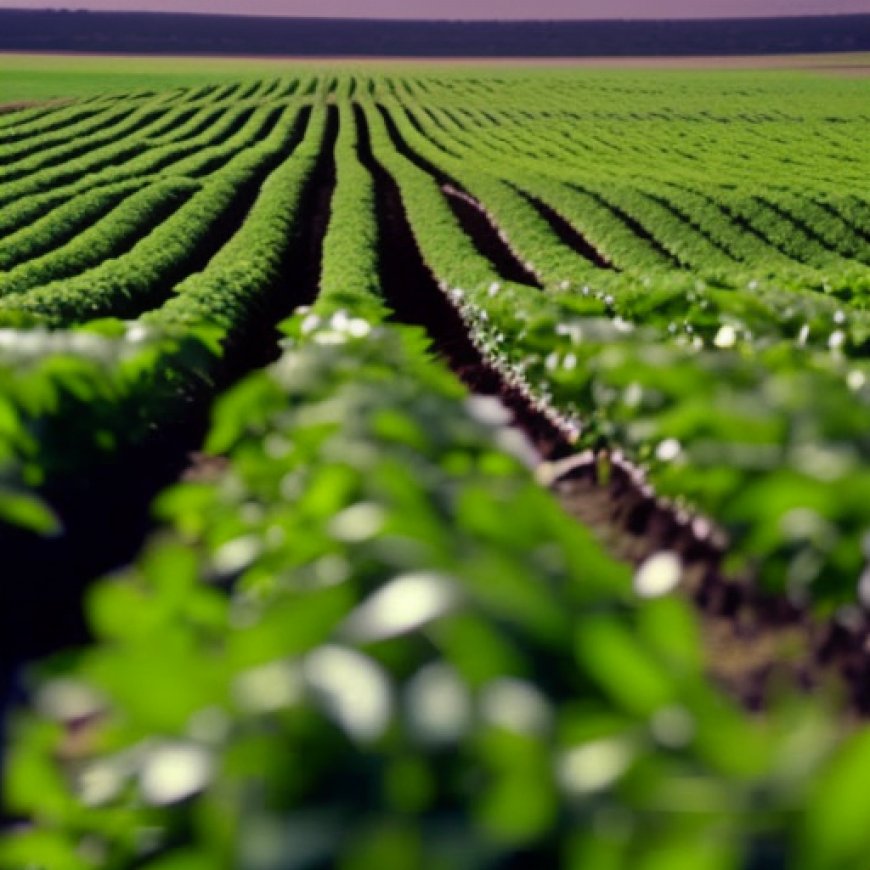NIFA Invests $5.5M in Agricultural Production Systems Research


The Foundational Knowledge of Agricultural Production Systems Program Area Priority (AFRI A1102)
The Foundational Knowledge of Agricultural Production Systems program area priority (AFRI A1102) within the Agriculture and Food Research Initiative supports plant research to advance our knowledge for the wide range of agricultural production systems found across the rural-urban continuum, from conventional open-fields to protected built environments.
Research addresses critical or process-limiting dynamics that occur among and within the various management components of a production system using experimental manipulations of system components, technological interventions, system analyses, modeling, or agro-ecological approaches.
Results are expected to lead to the development of innovative sustainable solutions to challenges limiting or threatening the productivity, profitability, and good stewardship of natural resources, environment, and human capital. These grants are part of NIFA’s Agriculture and Food Research Initiative (AFRI A1102).
List of Awardees:
- Auburn University
- Donald Danforth Plant Science Center
- Purdue University
- Stroud Water Research Center, Inc.
- University of Arkansas
- University of Florida
- University of Idaho
- University of New Hampshire
- USDA Agricultural Research Service, Maryland
- USDA Agricultural Research Service, South Carolina
SDGs, Targets, and Indicators
| SDGs | Targets | Indicators |
|---|---|---|
| SDG 2: Zero Hunger | 2.4: By 2030, ensure sustainable food production systems and implement resilient agricultural practices that increase productivity and production, that help maintain ecosystems, that strengthen capacity for adaptation to climate change, extreme weather, drought, flooding and other disasters and that progressively improve land and soil quality. | Not mentioned in the article. |
| SDG 12: Responsible Consumption and Production | 12.4: By 2020, achieve the environmentally sound management of chemicals and all wastes throughout their life cycle, in accordance with agreed international frameworks, and significantly reduce their release to air, water and soil in order to minimize their adverse impacts on human health and the environment. | Not mentioned in the article. |
| SDG 15: Life on Land | 15.1: By 2020, ensure the conservation, restoration and sustainable use of terrestrial and inland freshwater ecosystems and their services, in particular forests, wetlands, mountains and drylands, in line with obligations under international agreements. | Not mentioned in the article. |
1. Which SDGs are addressed or connected to the issues highlighted in the article?
The issues highlighted in the article are connected to SDG 2: Zero Hunger, SDG 12: Responsible Consumption and Production, and SDG 15: Life on Land.
2. What specific targets under those SDGs can be identified based on the article’s content?
Based on the article’s content, the specific targets that can be identified are:
- Target 2.4: By 2030, ensure sustainable food production systems and implement resilient agricultural practices that increase productivity and production, that help maintain ecosystems, that strengthen capacity for adaptation to climate change, extreme weather, drought, flooding and other disasters and that progressively improve land and soil quality.
- Target 12.4: By 2020, achieve the environmentally sound management of chemicals and all wastes throughout their life cycle, in accordance with agreed international frameworks, and significantly reduce their release to air, water and soil in order to minimize their adverse impacts on human health and the environment.
- Target 15.1: By 2020, ensure the conservation, restoration and sustainable use of terrestrial and inland freshwater ecosystems and their services, in particular forests, wetlands, mountains and drylands, in line with obligations under international agreements.
3. Are there any indicators mentioned or implied in the article that can be used to measure progress towards the identified targets?
No indicators are mentioned or implied in the article that can be used to measure progress towards the identified targets.
Source: nifa.usda.gov








